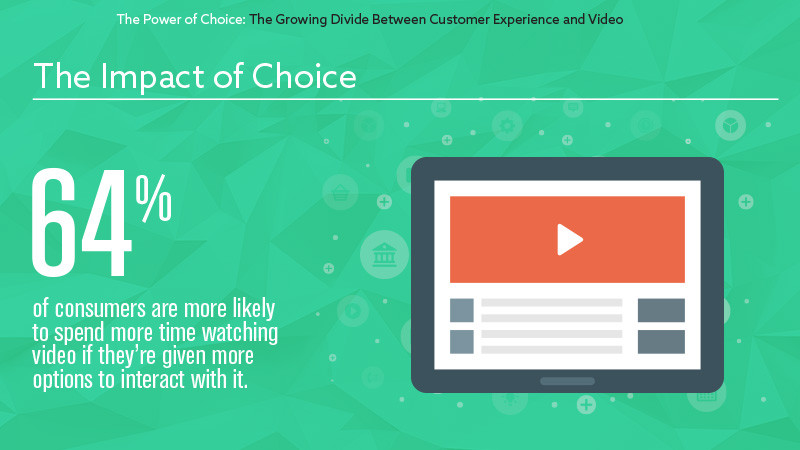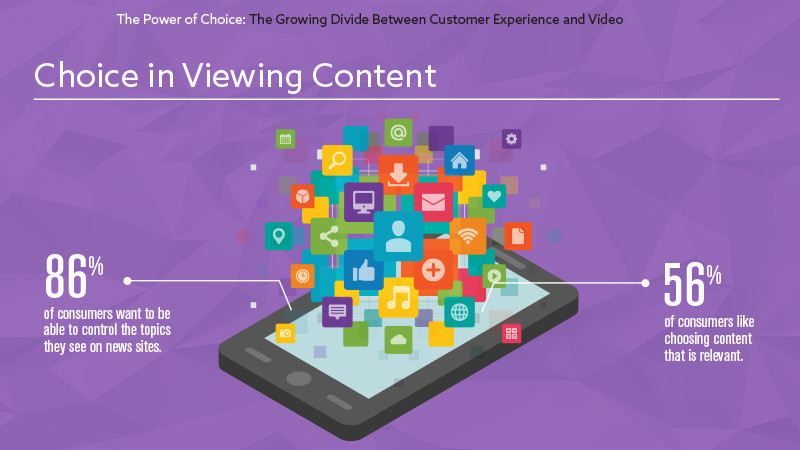Are Millennials Speeding Up The Slow Death Of Interruption Marketing?
Columnist Erika Trautman explores research that shows how authenticity, choice and control are key factors for successful engagement with Millennials.
Digital technology has revolutionized consumer behavior, but many marketers still rely on old interruption marketing techniques designed for the days of the 30-second TV spot: break consumers’ screen activity with a message or an offer, do it often enough and expect them to buy.
Is anyone surprised that traditional online advertising just isn’t performing like it used to? Millennials, who represent almost a quarter of the total market, grew up listening to the noise and know how to block it out. Digital banner ads are invisible to Millennials, just as pre-roll ads before videos are just something new to ignore.
Millennial consumers want a more honest and direct dialogue with brands. They are looking for brands that recognize the value of this partnership. So to get Millennials’ attention, marketers have to replace interruption marketing with interaction marketing, a customer-centric approach that puts authenticity, choice and control at the center of their strategy.
Authenticity
Millennials are notorious skeptics. They have no reason to believe in loyalty for loyalty’s sake. They’ve seen the economy fall out from under them, seen politicians lie and seen corporations do unethical things.
According to an Elite Daily 2015 millennial survey, only one percent of Millennials said that a compelling ad would make them trust a brand more. They believe that ads are manufactured and inauthentic. Within the same survey, 43 percent of Millennials rank authenticity over content when consuming news.
They want authentic, real relationships where they can contribute and where they are part of the story. It’s one reason Millennials respond to blogs so well. Blogs are usually authored by an individual (or individuals), and readers can participate in the conversation through comments and shares.
According to a NewsCred survey, 62 percent of Millennials agreed that the authentic content they read and see online — on websites, social media, in the news — from a company makes them feel more connected and loyal to the brand.
They have grown up with nearly infinite access to information, yet they know how to fast forward through TV ads and avoid banner ads on their favorite websites. So how do you get their attention?
Millennials Need Content Choices
In addition to authentic content, Millennials want to choose what content they receive. At Rapt Media, we surveyed more than 2,000 consumers in the United States and the United Kingdom and discovered that nearly half (47 percent) of Millennials want to choose content that is relevant to them, compared to just 40 percent of older consumers.
Again, this generation came of age in the digital era, and they’ve spent most of their lives being exposed to an increasing number of competing digital messages at every turn. So naturally, they’re more discerning about the types of messages they trust and the types of messages they want to receive.
This is part of the reason we’ve seen the rise of native advertising in recent years. Consumers don’t just want to be shown ads, they want to search for videos, articles and other content that’s interesting and relevant to them.
We found that 60 percent of Millennials like having the ability to choose content that is relevant to them, and 63 percent of Millennials are more trusting of content that they discover on their own, versus content that’s delivered to them through advertising.
This desire for more control over what content they see spills into how they interact across all channels online. When on Facebook, nearly half (45 percent) of Millennials like having the option to choose the type of layout they can view.
This preference for choosing content stares us straight in the face when we look at how they behave on social media. Millennials customize their Facebook newsfeeds, choose who to follow on Twitter and opt to block content from certain pages and apps.
These behaviors spill into all of their online consumption. They want to choose what types of emails they receive from brands and what topics they’re shown on news sites, and ad publishers now ask them which ad they’d prefer to view and if an ad is relevant to them. This all stems from an overwhelming desire for choice in all of the content they view online, from social to search to advertising.
Millennials Are In Control
According to a recent study by Google, Millennials use 10.4 different sources of information when making a purchase decision. So they are in control.
Since choices are a critical component to using content to market to Millennials, it’s important to recognize that with choice comes control. In the same consumer survey, our research found that two out of three Millennials want control over the ads they are seeing.
Marketers need to understand that when a Millennial chooses to view a commercial on a website, it’s more powerful than interrupting their TV show on Hulu with an ad.
In addition, we found that simple things like letting consumers control frequency of emails builds brand loyalty for Millennials. In fact, our research showed that nearly three out of four Millennials want to control their email subscriptions from brands.
Lastly, marketers need to understand that Millennials may view content from different devices — another version of controlling the interaction. Our survey found that Millennials visiting a brand’s website from their smartphones expect to be able to do the same things they can from a laptop.
Focus On The Interactions, Not The Interruptions
The Millennial generation — and the devices, channels and content they prefer — often feels like a moving target. But while that makes marketing to this young audience challenging, it’s not impossible. It just tasks marketers with providing meaningful, authentic experiences and content.
Follow that authenticity with choices — help your audience discover relevant content independently. When brands let Millennials take the wheel and drive interactions, the engagement payoff is tremendous.
Opinions expressed in this article are those of the guest author and not necessarily MarTech. Staff authors are listed here.
Related stories



